Best ground cover plants – 12 low-lying varieties guaranteed to add color and texture to any space
Ground cover plants are unsung heroes of the garden, providing immense value whatever your style of yard
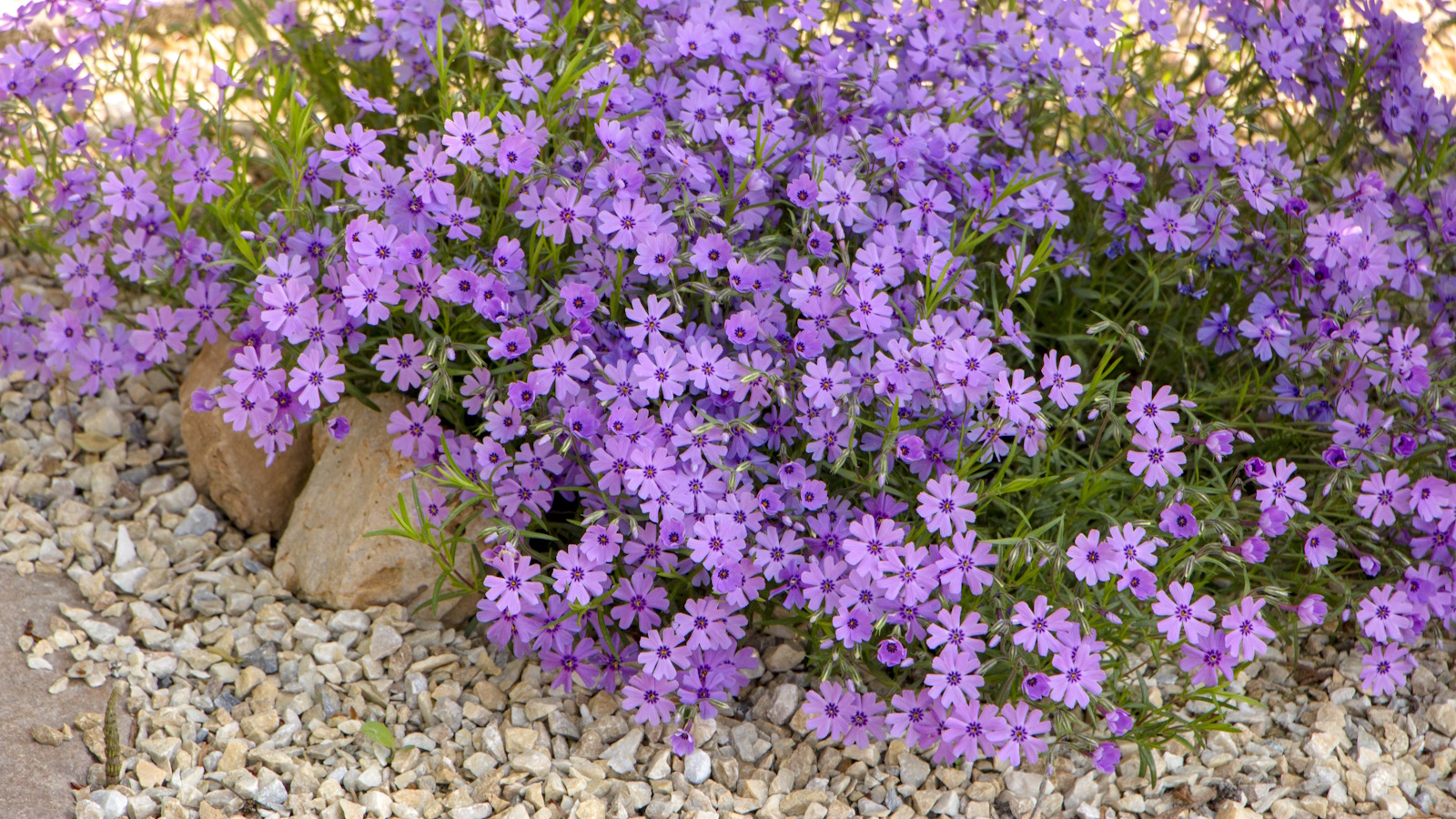

In landscaping, ground cover plants usually refers to low-growing plants with a creeping or spreading habit, often evergreen and with twiggy dense growth. But the truth is, any plant that’s no more than three feet at maturity can be regarded as ground cover, especially when planted as a group.
There are many benefits to using ground cover plants as they can serve a variety of functions in the garden. As well as being useful for getting rid of weeds and stabilizing soil on slopes, they can be features in their own right. They can also help spaces flow together seamlessly, and draw the eye through the garden.
Low plantings can be used to make a smooth transition from paved areas to lawns and taller plantings. Borders of flowering ground cover plants look good either side of a path or driveway too. I have gathered 12 of the best ground cover plants that I believe can work in any type of garden, and which will provide huge value as well as color and texture.
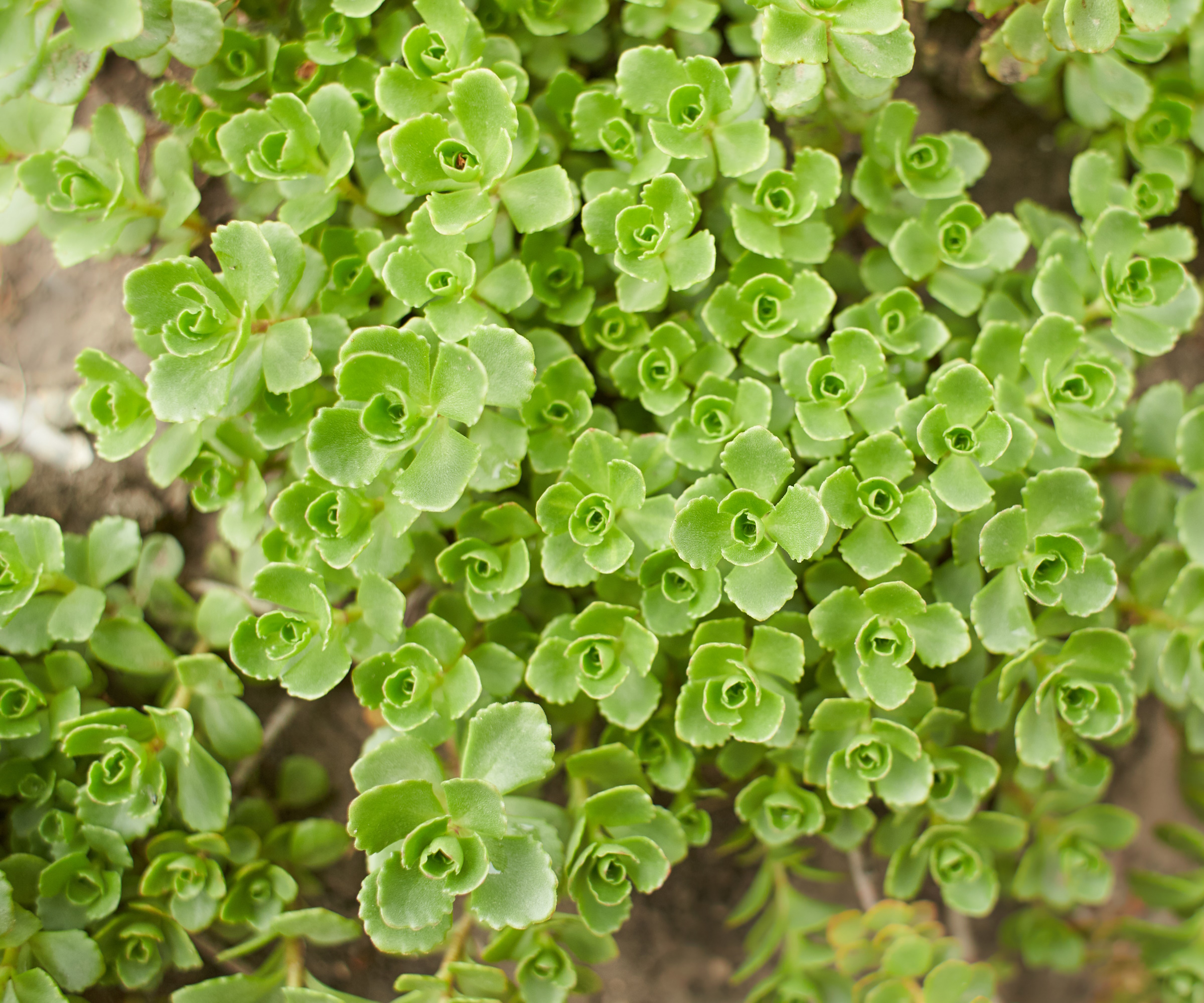
12 ground cover plants for sun and shade
Your soil type, hardiness zone, local climate and the amount of sun the area receives will determine the type of ground cover plants you can grow in your flower beds. If you plant groups of the same species in odd numbers, your border will look more pleasing on the eye. And growing a mix of varieties for flowers and foliage will ensure you have interest all year round, especially if you choose evergreen ground cover plants. There are also plenty of fast-growing ground cover plants if you are looking to cover bare soil quickly.
Drifts of low growing, spreading plants such as thyme, sedum and blue oat grass, can be woven together to create colorful effects and interesting textures. With drift planting, the goal is to plant groups of the same variety together for drama and impact.
1. Rosa flower carpet
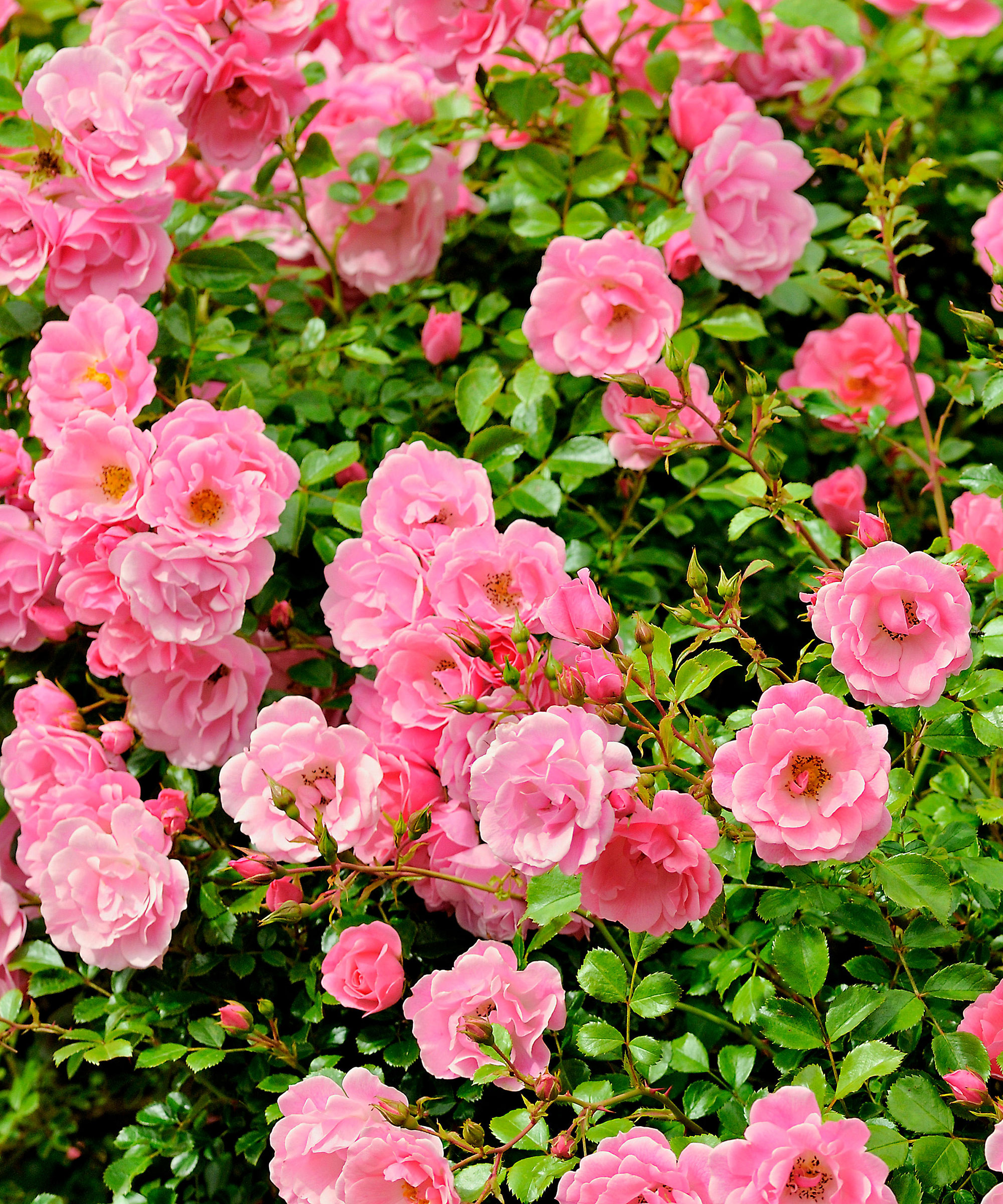
Ground cover rose
- Best for: full sun
- Height: 3ft
- Spread: 4ft
- Hardiness: USDA 4-9
Ground cover roses are extraordinarily low maintenance and produce an abundance of blooms from spring through to fall. Once established, they’re super drought-tolerant and easy to care for.
Flower carpet is a tried and trusted cultivar that’s perfect for sloping gardens, rock gardens and towards the front of borders. Use them to create a low hedgerow to edge a driveway or as pool landscaping to surround a swimming pool – they’re even good in planters.
Coming in a wide range of shades from scarlet, pink and red to peach, apple blossom and white, there’s a variety to suit all tastes.
A good tip is to remember to line the bed with weed-barrier fabric, such as this top pick from Amazon, before planting your ground cover roses, and then top with mulch. This really helps to keep the weeds at bay, so there will be less need to reach through those thorny stems.
2. Geranium ‘Rozanne’

Geranium 'Rozanne'
- Best for: full sun, part shade
- Height: 2ft
- Spread: 2ft 6in
- Hardiness: USDA 5-8
The best hardy geraniums offer non-stop flower power all summer long. ‘Rozanne’ is a popular variety that has lavender-blue flowers from early summer to early fall.
In mid-summer, keep plants looking good by removing any spent flower stems. Some gardeners cut them back by half at the end of May to produce later flowers that will carry on blooming into fall.
‘Johnson’s Blue’ is another good variety of hardy geranium – it starts flowering earlier than ‘Rozanne’ and is lower growing.
Hardy geraniums are herbaceous perennials so they will die back every fall, then fresh new growth appears in spring.
3. Delosperma cooperi
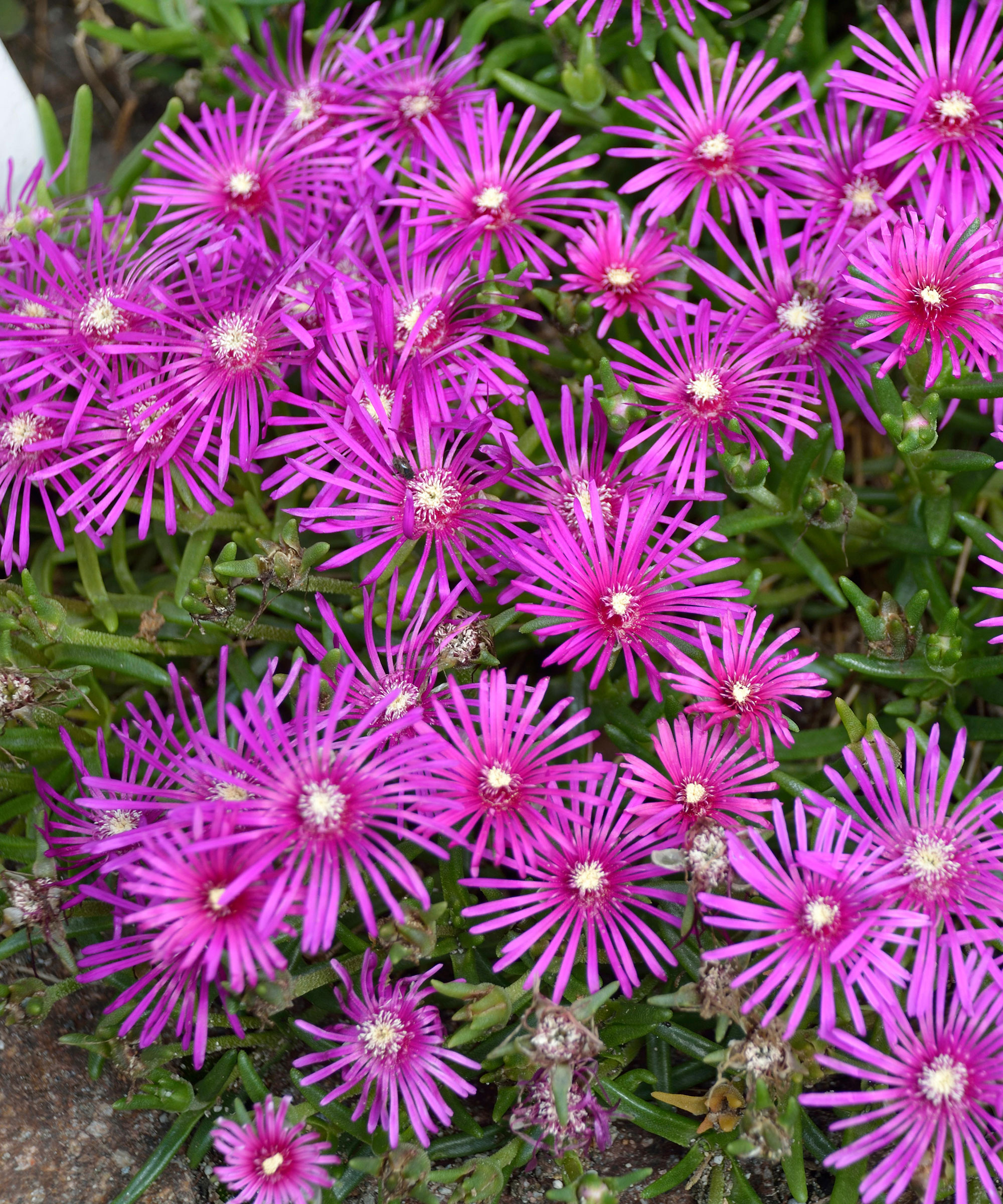
Delosperma cooperi
- Best for: full sun
- Height: 4in
- Spread: 4-19in
- Hardiness: USDA 8-10
This is a great ground cover choice for sunny rock gardens, banks and slopes, coastal gardens, or areas of a garden that are drought-prone in the summer. It also looks good in outdoor planters where its succulent evergreen leaves can cascade over the edges. From early summer until the first frosts, plants are covered in gorgeous hot pink star-shaped flowers.
Native to Lesotho in South Africa, free-draining soil is key to its survival. Although delosperma is regarded as cold hardy, if soils and climate are too wet through winter, plants are often killed by the first hard frost.
If you live in a wetter region, ideally grow the plant in a planter and move it to a greenhouse over winter. In regions where snow stays on the ground through winter you could try using a fleece blanket to keep plants protected from frost.
4. Sweet Woodruff
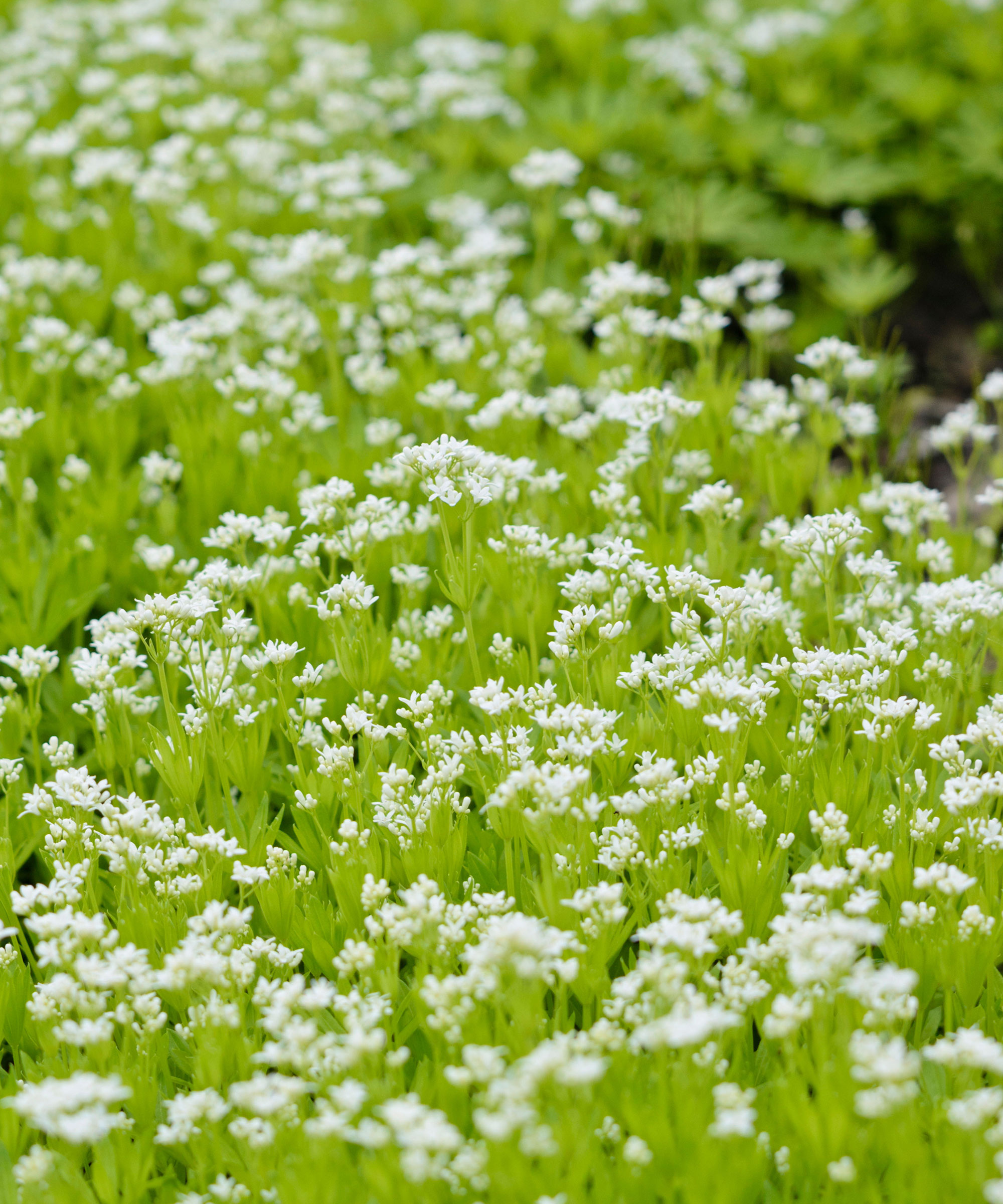
Sweet Woodruff
- Best for: part shade
- Height: up to 1ft
- Spread: 3-4ft
- Hardiness: USDA 4-10
Galium odoratum is a good choice for north- or east-facing areas where it will appreciate some shade and soil that retains moisture. This ground-hugging, spreading perennial with spear-shaped leaves needs little looking after once established.
It doesn’t like to be scorched by sun, so choosing a shady spot is essential for it to thrive. It works well in woodland gardens alongside other shade-loving plants and perennials like Tellima grandiflora and English bluebells. It also makes a nice underplanting for roses and shrubs.
The tiny white flowers that appear from May to July are loved by bees and can also be used as an edible garnish. The leaves die back every fall, then fresh new growth appears in spring.
5. Creeping phlox
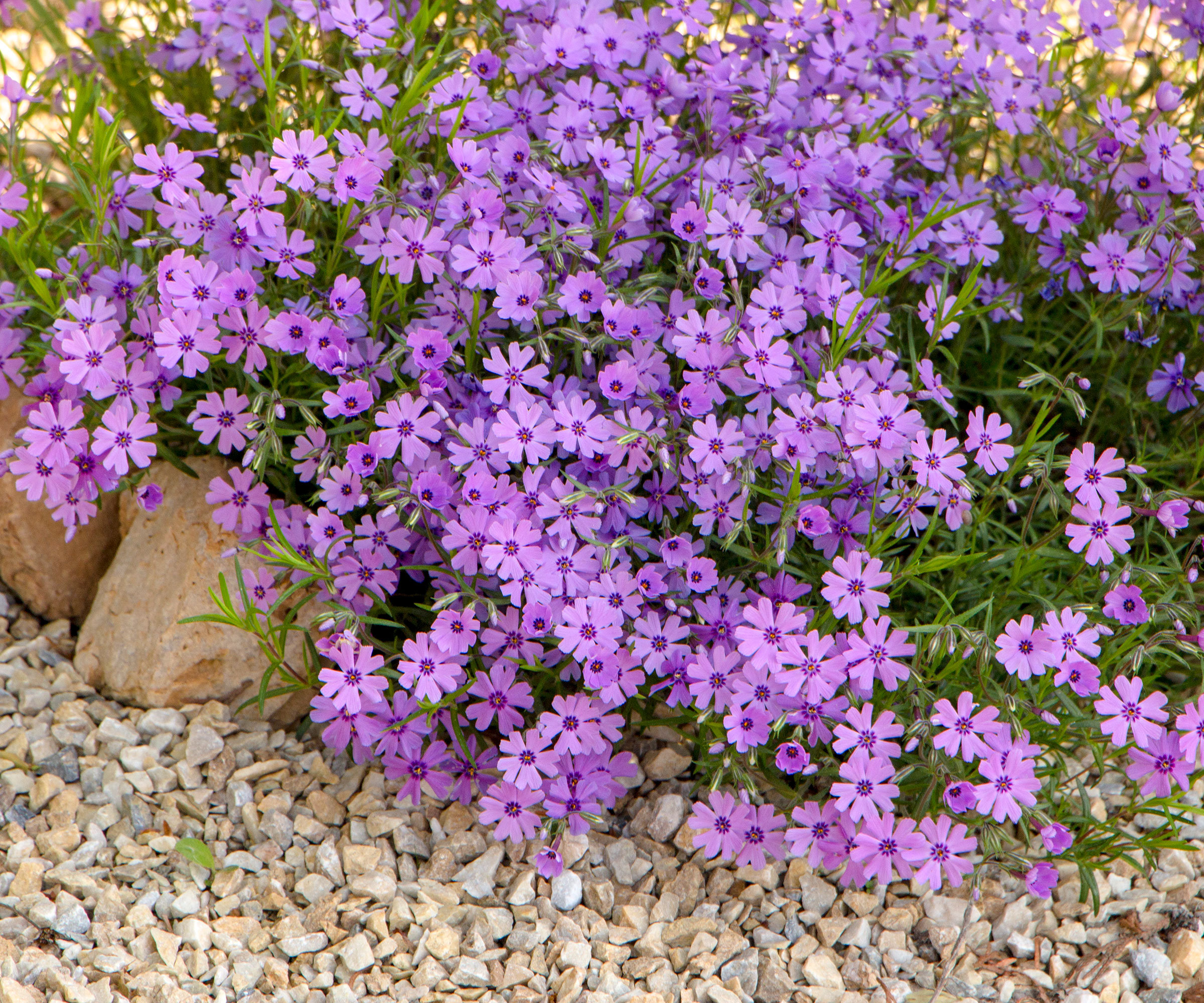
- Best for: full sun to part shade
- Height: up to 4in (10cm)
- Spread: 1-2ft (30-60cm)
- Hardiness: USDA 3-8
You can have a lot of fun planting this native ground cover, for it offers carpets of dazzling color from spring into summer. There are several different varieties with bloom colors ranging from lilac and hot pink to pure white and pink-striped.
The pinks contrast well with the zingy green flowers of euphorbia, while the purples look super stylish with pale yellow Iris.
Phlox subulata copes with heat better than border phlox, but it will appreciate a deep watering during periods of prolonged drought. It’s perfect for gaps between paving slabs and at the front of borders, particularly if it can cascade over rocks or garden walls.
Shear after flowering to keep it neat and encourage new foliage. The leaves are semi-evergreen so it will lose some of them during winter, but fresh new growth will appear in spring.
6. Juniper ‘Moor-dense’
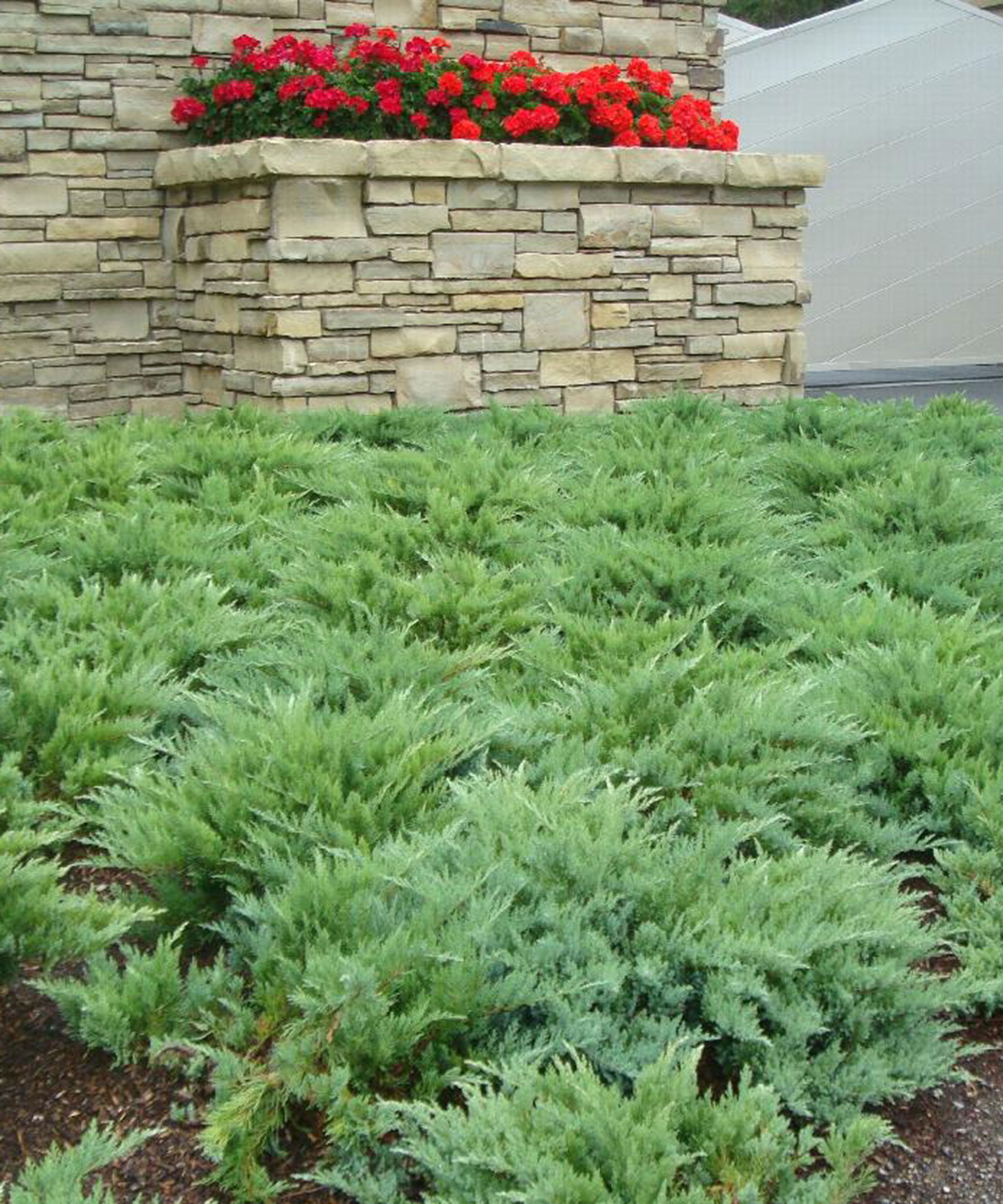
- Best for: full sun
- Height: 8-12in
- Spread: 5-6ft
- Hardiness: USDA 3-7
'There’s an increasing focus on drought-tolerant ground covers, especially in the West,' says Katie Tamony at Monrovia Plants. 'Junipers are growing in popularity for this reason.'
Although people might associate junipers with 1970s conifer gardens, they’re being used in more contemporary ways for drought tolerant planting. Some of them have an upright or mounded habit, while others have twisty spreading branches. The taller upright species make good accent plants for surrounding swathes of other ground covers, while carpeting types like ‘Moor-dense’ are good for lining the edges of garden paths or underplanting for trees. They’re tough, evergreen and super versatile.
Junipers do not re-grow from old wood, so if you need to prune yours, just lightly trim the ends.
7. Festuca ‘Elijah Blue’
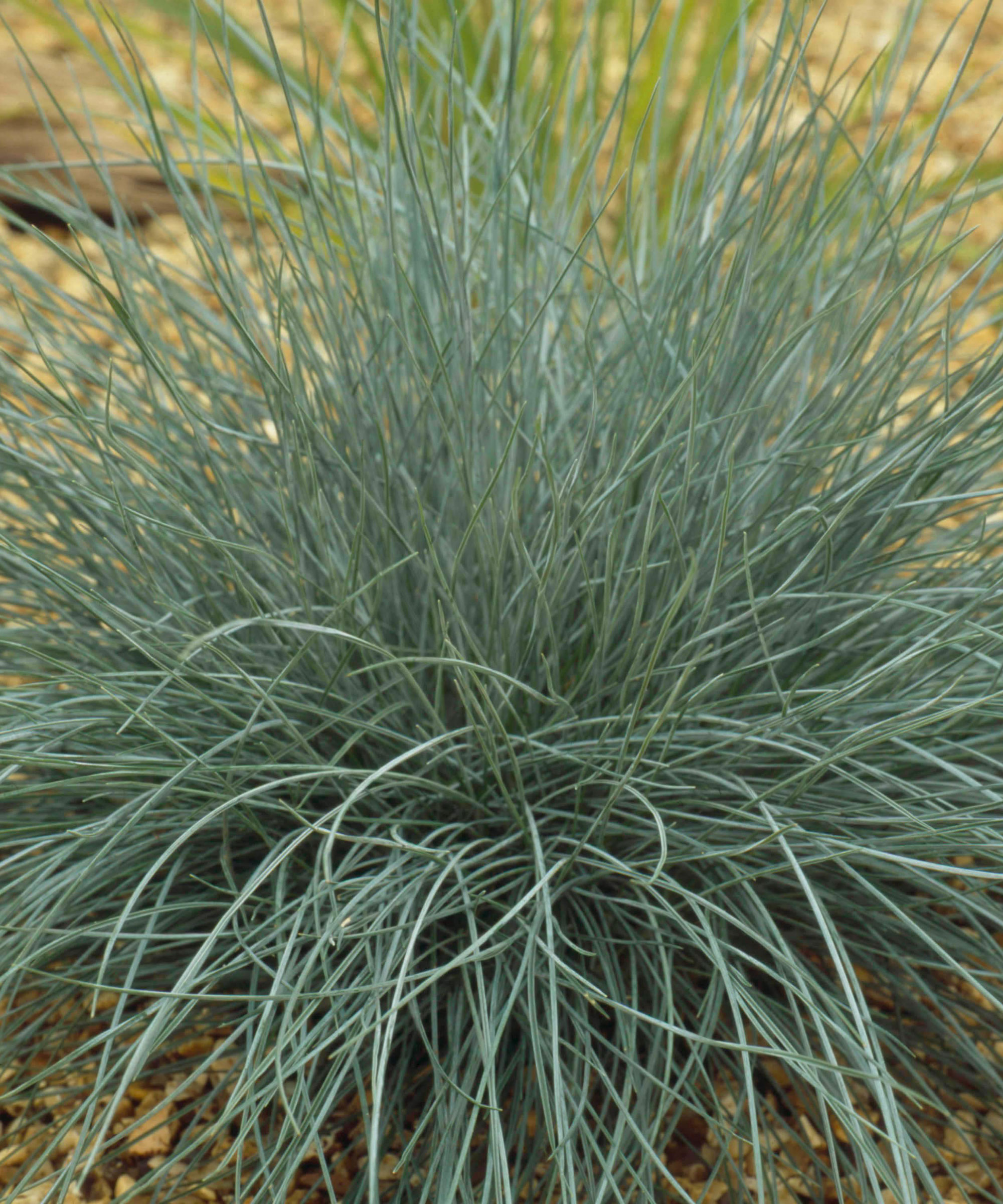
Festuca ‘Elijah Blue’
Ground covers with silvery blue gray foliage offer texture and vivid color. ‘Elijah Blue’ fescue is a plant that plays well in so many palettes.
It suits Asian-themed gardens and xeriscapes but does equally well in traditional gardens as a formal garden edging plant or in a mass planting.
Its buff-colored blooms that appear in summer are a nice contrast to the glaucous foliage. Festuca is another easy-care plant that’s fast-growing and drought-tolerant.
8. Viburnum davidii
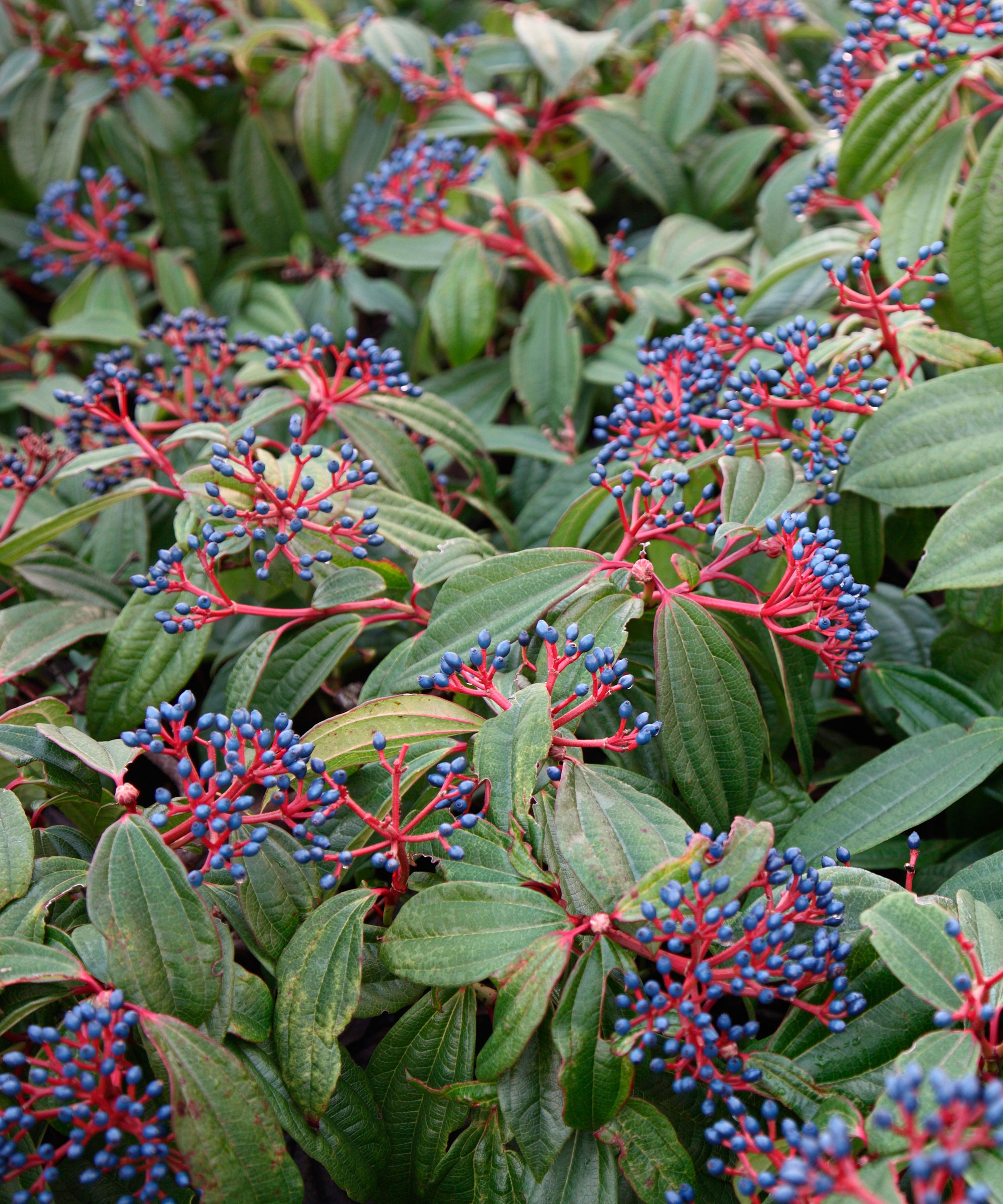
Viburnum davidii
- Best for: full sun, part shade, full shade
- Height: 3-4ft
- Spread: 2-3ft
- Hardiness: USDA 7-9
If you’re wondering what will grow in a shady area under a tree, look no further than Viburnum davidii. This adaptable evergreen shrub will grow in full sun or full shade, but will have more flowers if in full sun.
Forming a low, dome-like mound, it’s invaluable as an anchor plant for taller perennials. Flattened heads of white flowers in May (if there is a male nearby) are followed by metallic, turquoise-blue berries.
These are great plants for pollinators as bees enjoy the flowers, and the berries are popular with small birds.
Works well in both contemporary and traditional landscapes. Keep it compact by trimming back the longest shoots after flowering.
9. Mondo grass
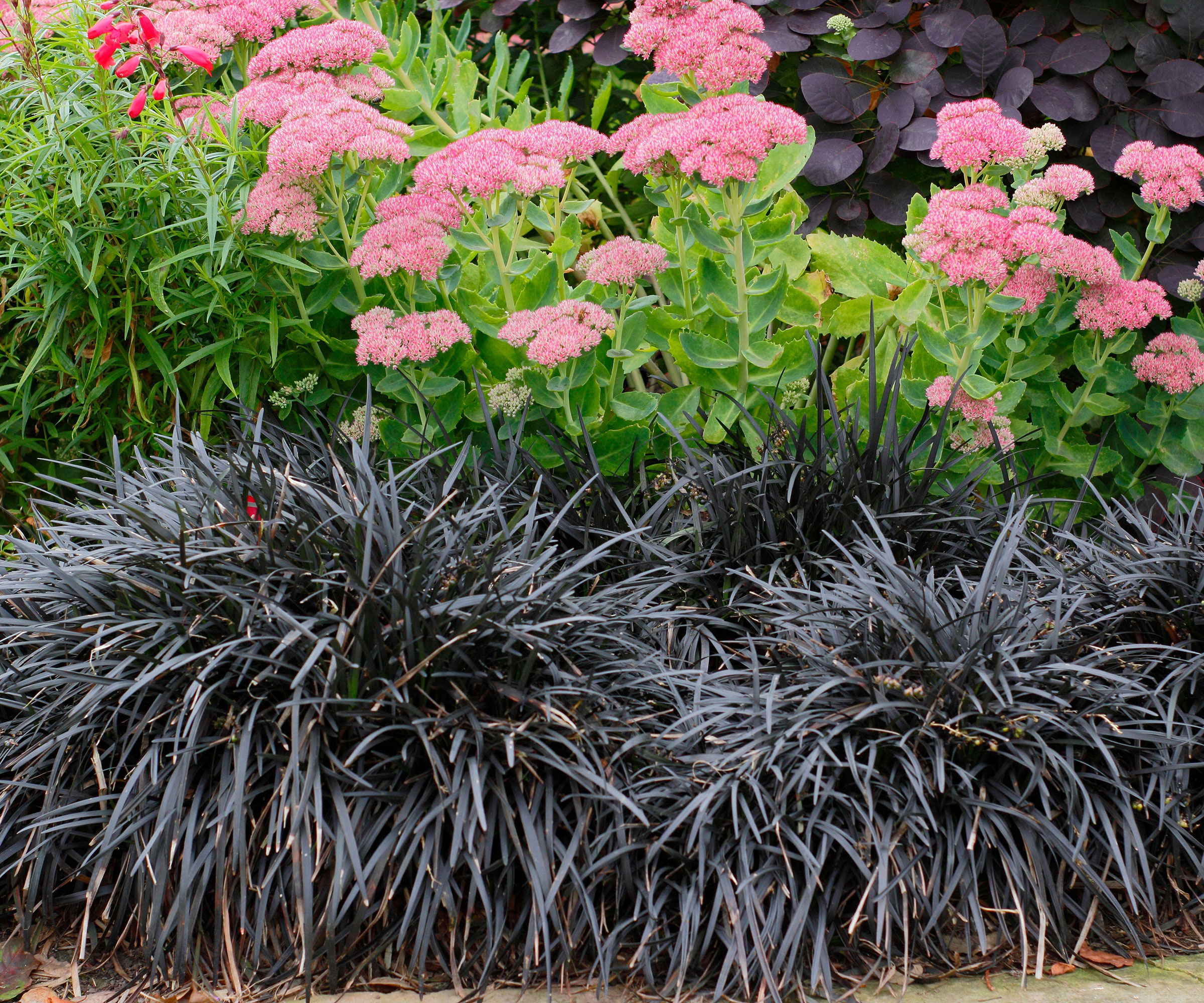
Black mondo grass
- Best for: full sun, part shade
- Height: 6-12in
- Spread: 6-15in
- Hardiness: USDA 7-10
Mondo grass is a low-maintenance evergreen that grows in full sun or full shade, tolerates most soils, and is hardy. It’s not a true grass but has arching, grass-like strappy leaves.
Because it’s a clumping plant, each plant will only grow as wide as its mature spread. It looks particularly good in shaded areas, where it can be contrasted with other leaf shapes and foliage hues such as heuchera.
Officially known as Ophiopogon, there are several different varieties available. O. japonicus has dark green strappy leaves and grows to about a foot tall, while O.‘Nana’ is a only reaches 6in high. Ophiopogon planiscapus ‘Nigrescens’ (Black mondo grass), available from Fast Growing Trees, has purple-black evergreen foliage.
10. Cotoneaster
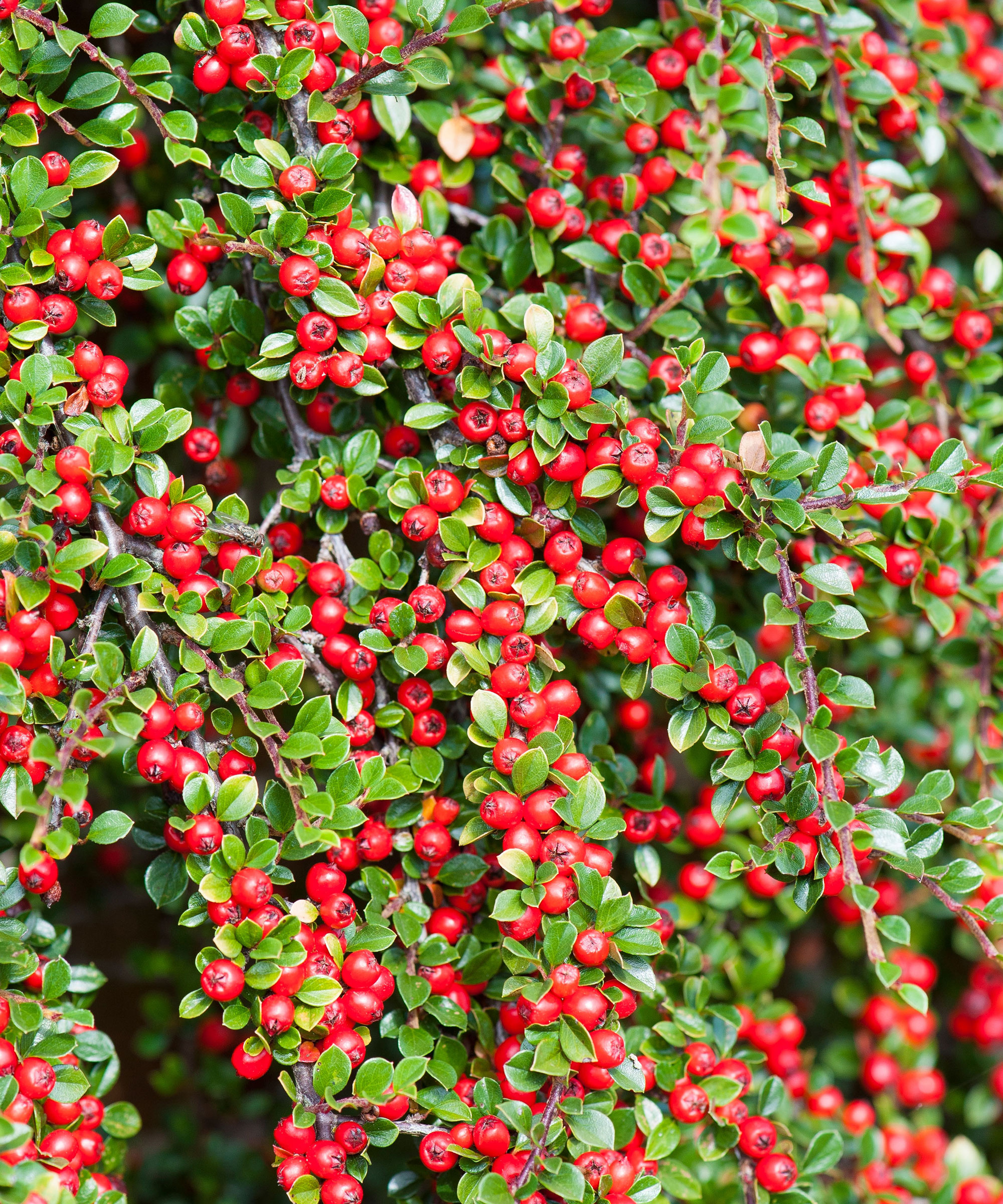
Cotoneaster horizontalis
- Best for: full sun, part shade
- Height: 1-2ft
- Spread: 8-10ft
- Hardiness: USDA 5-8
Cotoneasters are hardy, reliable, and evergreen, and provide structure and interest all year round. They earn their keep in any backyard. The honey-scented tiny white flowers are loved by the bees in early summer, and the berries are an important food source for small birds in winter.
If you want to jazz them up in summer, you could try growing a viticella clematis through them (viticella clematis can be pruned back hard after flowering).
Cotoneaster horizontalis ‘Variegatus’ has spreading branches that display a herringbone pattern and small leaves that are edged white and turn blush pink in the fall. Cotoneaster dammeri ‘Eichholz’ has highly ornamental berries and evergreen foliage that turns orange-red in winter.
11. Sedum

- Best for: full sun
- Height: 5in
- Spread: 12-16in
- Hardiness: USDA 4-9
Sedums, or stonecrops as they are also known, are typically low-growing perennials which are well suited to hot and drought-prone areas, owing to their fleshy leaves which hold water. They are very useful plants if you are looking into xeriscaping.
They form beautifully textured, evergreen carpets, often over rocks and walls, and come in blue-gray and green shades. Many varieties will also flower over time.
They would work very well bordering a garden path or tidying up a lesser attractive area of your yard because they are super low maintenance - requiring very little care and attention from you once planted.
12. Speedwell
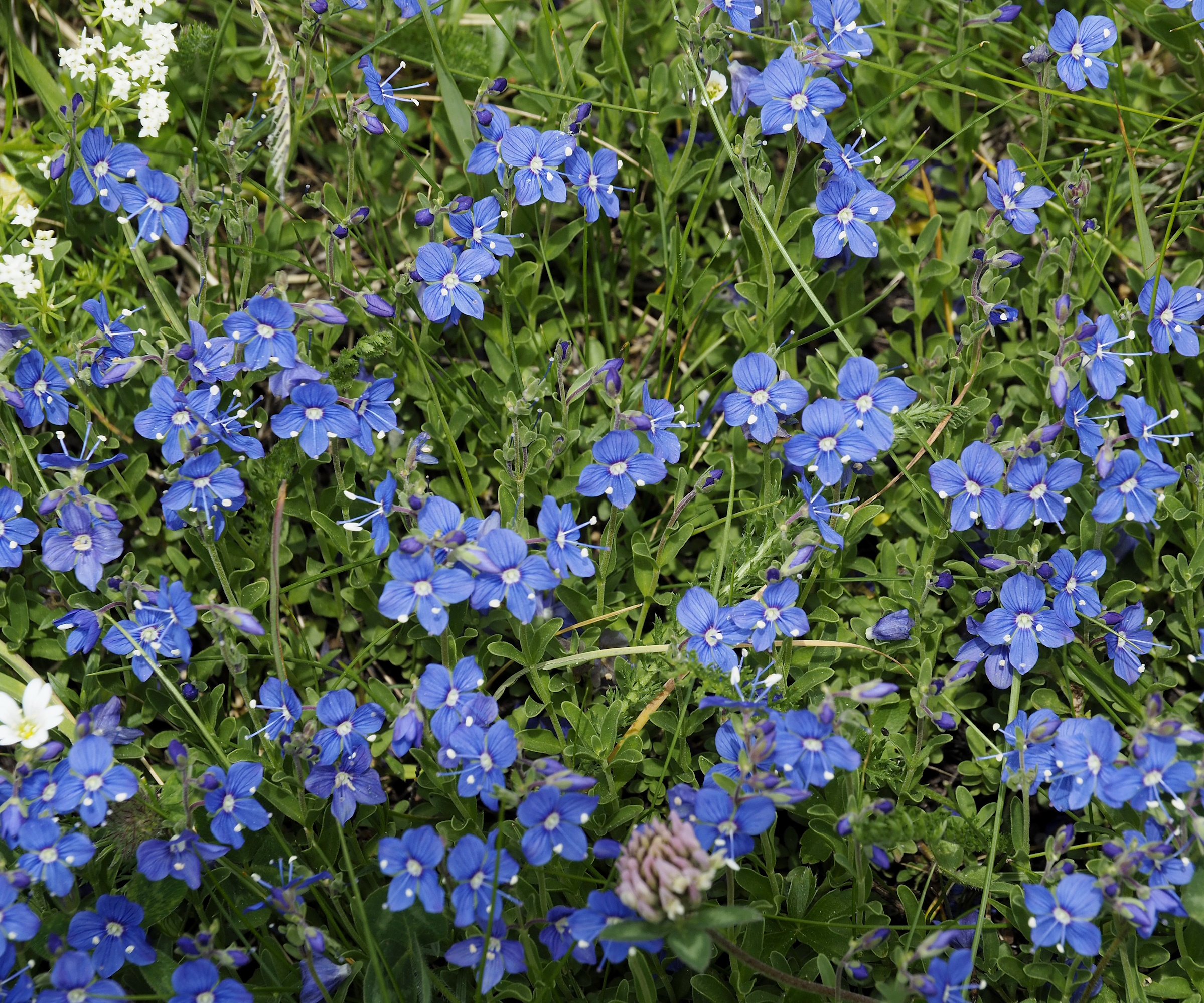
- Best for: part sun, part shade
- Height: 2in
- Spread: 18in
- Hardiness: USDA 4-9
Creeping speedwell, or Veronica filiformis, is a great-value groundcover option with dainty blue flowers that, when planted en masse, can create swathes of color in the garden.
It spreads quickly, so is good if you are looking for a plant to cover a large area. It is, however, considered invasive in some states, so it's a good idea to check with your local extension service or garden center for advice before planting.
Speedwell is very hardy, and can handle being walked on and even mowing. It is also deer and ribbit resistant, forming dense mats once established.
FAQs
What is the prettiest ground cover plant?
Flower carpet roses are a beautiful and popular ground cover plant that will thrive in most climates and soils of the US. Why not also consider bunchberry dogwoods, a native dogwood to the US that is low growing.
Will ground cover plants choke out weeds?
Ground covers with dense growth – especially evergreens – will help to remove weeds by blocking out sunlight, which will stop weed seeds in the ground from germinating.
Ground-hugging foliage plants like chamomile, creeping Jenny and Irish moss (Sagina subulata) can also be used as no-mow alternatives for a no grass backyard.
These will create a green open space just like a lawn, but ground covers are not as hard wearing as turf grass, so it’s best to create a pathway or stepping stones through them.
Sign up to the Homes & Gardens newsletter
Design expertise in your inbox – from inspiring decorating ideas and beautiful celebrity homes to practical gardening advice and shopping round-ups.

Sally is horticulturally trained to degree level and has worked on gardening magazines for over a decade. She now regularly writes for Homes & Gardens and Easy Gardens. When Sally isn’t writing, she gardens for local clients, and cultivates her own little patch in sunny Bournemouth.
-
 5 things people with clean upholstery always do – simple, quick and oh-so-effective
5 things people with clean upholstery always do – simple, quick and oh-so-effectiveEnsure your furnishing looks clean year-round with these expert tips
By Seraphina Di Mizzurati Published
-
 7 native perennials to plant in April – for glorious flowering displays to attract bees, butterflies, and hummingbirds
7 native perennials to plant in April – for glorious flowering displays to attract bees, butterflies, and hummingbirdsDiscover some of the best perennials to plant in April to make your garden a hotspot for wildlife
By Drew Swainston Published